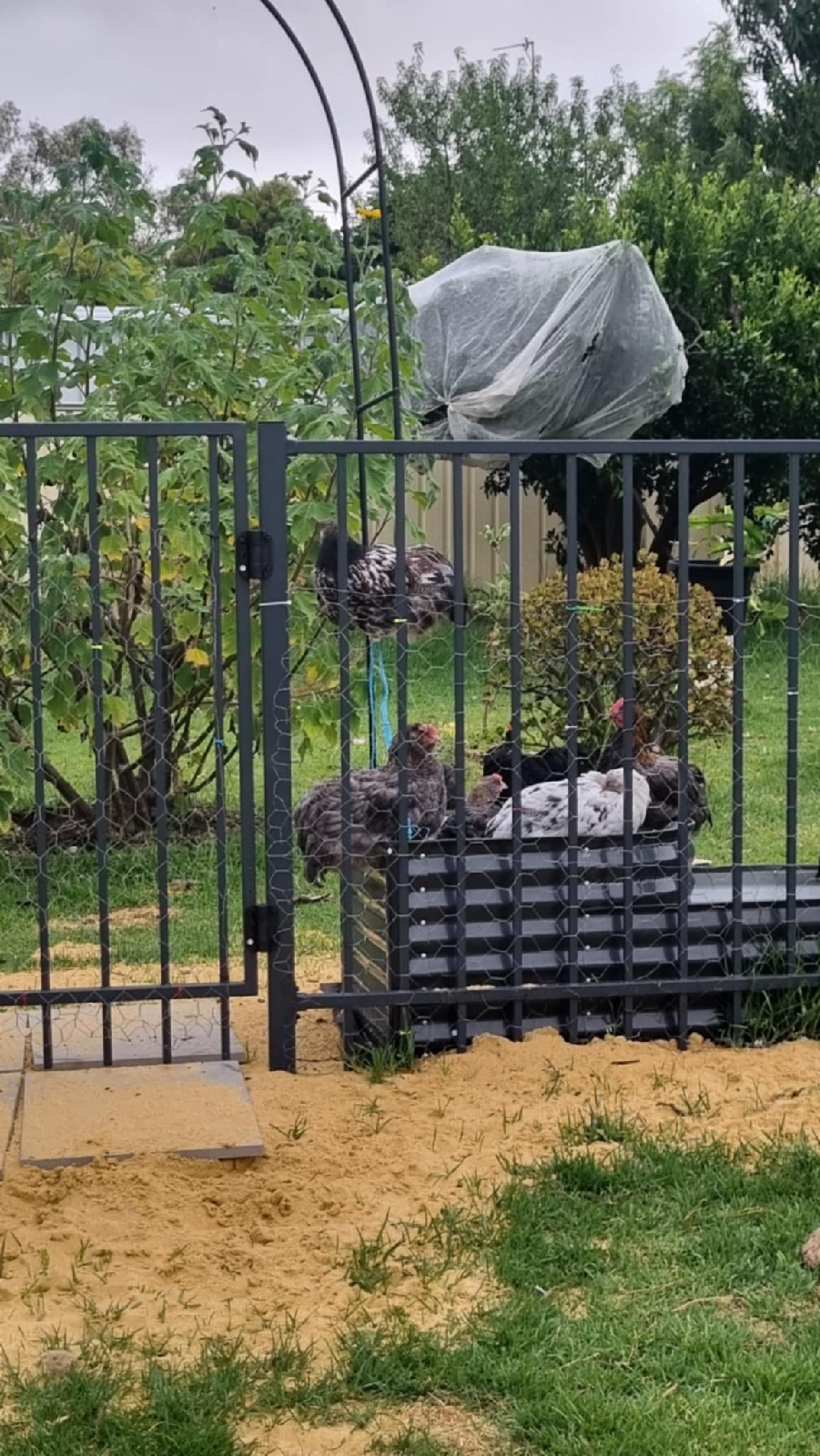Grass
Grasses are one of the largest plant families in the world, consisting of roughly 12,000 species, and covering over 25% of the Earth's land mass.

Admittedly, even though I am not a fan of household lawns, grasses do have some benefits and uses. Did you know around 12 million tons of dust is trapped by lawns each year, and, of course, a lot of our animals (and food sources) graze and survive off it. It aids massively in soil erosion and, like lots of other plants on Earth, helps purify the oxygen we rely on.
We rely on grass everyday, for our breads, cereals, and some of our furniture and clothing. Oats, rice, wheat, bamboo and more are all types of grass.
Grasses of all varieties live almost everywhere on Earth, across Savannah's, jungles, in polar regions, even in Antarctica!
So what is the definition of a grass?
Grass is defined as "vegetation consisting of typically short plants with long, narrowleaves, growing wild or cultivated on lawns, on pastures and as fodder crops". - Google
Did you know that seagrass (not seaweed- which is algae) evolved around 100 million years ago from land grass! There are approximately 60 species, seagrasses are the only flowering plants that are completely marine. Just like land grasses, seagrasses can assist in reducing coastal erosion by stabilising seabed sediments. By capturing organic materials, sediments and nutrients, they aid in improving water clarity.
Grass ranges in sizes massively, from your everyday lawn, to giant bamboo, this is the largest and fastest growing grass species able to reach 150 feet in height! Bamboo is used lots in construction, furniture, fabrics, papers and so much more. Bamboo is also commonly used in Oz by native bees, apparently they make good little homes.
Lets take care of our Earth 🌎






Comments
Post a Comment